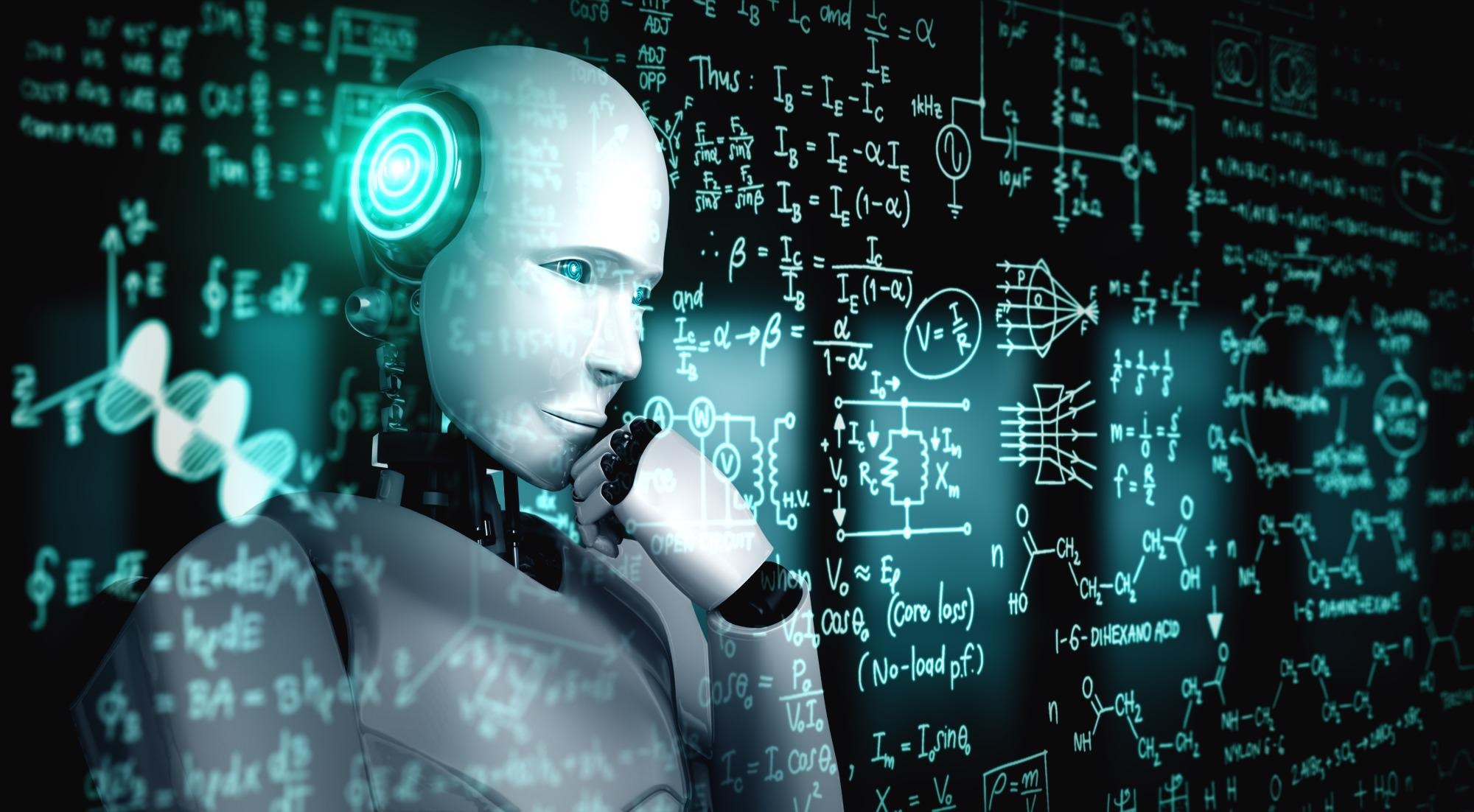Physicians at the Smidt Heart Institute in the United States have developed an artificial intelligence (AI) algorithm that detects life-threatening heart conditions more accurately than trained cardiologists.

Image Credit: Shutterstock.com/ Blue Planet Studio
The heart is a dynamic organism that responds in a variety of ways to physiological stress. Increases in left ventricular heart muscle thickness (hypertrophy) resulting from age are difficult to separate from diagnosed conditions such as hypertrophic cardiomyopathy (HCM) and cardiac amyloidosis using routine imaging techniques.
However, deep learning algorithms in medical imaging applications promise to identify clinical phenotypes with greater accuracy than human experts.
Our AI algorithm can pinpoint disease patterns that can’t be seen by the naked eye, and then use these patterns to predict the right diagnosis…The algorithm identified high-risk patients with more accuracy than the well-trained eye of a clinical expert.
Dr. David Ouyang, Cardiologist, Smidt Heart Institute
A Brief Introduction to Deep Learning Algorithms
Deep learning is a type of AI learning method based on neural networks that mimic the way humans learn.
Neural networks function by accepting an input of data and letting the model work out an interpretation from this data. Deep learning algorithms are structured in a hierarchy of increasing complexity which differentiates them from conventional linear machine learning models.
Humans learn by recognizing features in their environment and representing these as abstract models inside their own minds. The more humans learn, the more layers of abstraction they add to their mental models. Thus, for example, plants become abstracted into trees, which are themselves abstracted into oaks, and so on.
Similarly, each algorithm in a deep learning model’s hierarchy applies a transformation to the data it receives to produce an output as a statistical model. The process continues through successive layers until a degree of accuracy is achieved. The higher the number of layers processed by the model, the “deeper” the algorithm.
The major advantage of deep learning is that the model builds its feature sets without supervision, usually leading to faster and more accurate predictions.
In effect, deep learning algorithms create complex statistical models from their own output. Thus, they are powerful tools for processing large amounts of unstructured data. This is crucial, as most of the data produced today is unstructured (or unlabeled). Images produced by cameras and medical equipment are an example of unstructured data.
Deep Learning Algorithms for Cardiovascular Disease
Hypertrophic cardiomyopathy is a condition that causes the heart muscle to thicken, resulting in arrhythmia and damage to the valves of the heart. Cardiac amyloidosis is a separate condition caused by amyloid deposits in heart tissue.
However, the two conditions often look very similar during medical imaging using an echocardiogram. To further complicate diagnosis, in the early stages of development, these diseases often resemble a healthy heart which simply changes shape and size with aging.
To address this challenge, the team led by Dr. David Ouyang at Cedars-Sinai Medical Center’s Smidt Heart Institute in Los Angeles developed a deep learning algorithm that quantifies and labels the thickness of the left ventricular wall in the heart and predicts heart disease.
One of the most important aspects of this AI technology is not only the ability to distinguish abnormal from normal, but also to distinguish between these abnormal conditions, because the treatment and management of each cardiac disease is very different.
Dr. David Ouyang, Cardiologist, Smidt Heart Institute
Using parasternal long-axis echocardiogram videos, they performed a frame-by-frame segmentation of the left ventricular wall thickness. They then performed a beat-by-beat evaluation of ventricular hypertrophy.
They employed a three-dimensional convolutional neural network to predict the causes of left ventricular hypertrophy (LVH). They were also able to predict aortic stenosis (narrowing of aortic valves) and cardiac amyloidosis.
Patients were selected from studies conducted at Stanford Amyloid Center, Cedars-Sinai Medical Center (CSMC), the Stanford Center for Inherited Cardiovascular Disease, the CMSC Hypertrophic Cardiomyopathy Clinic for Hypertrophic Cardiomyopathy and the Advanced Heart Disease Clinic for Cardiac Amyloidosis between 2008 and 2020.
The patient pool comprised 23,745 patients.
Manual annotation by clinicians of the intraventricular septum (IVS), LV internal dimension (LVID) and LV posterior wall (LVPW) measurements were used as training labels for the deep learning model.
The deep learning algorithm was trained on a data set of 17,802 echocardiogram videos provided by Stanford Health Care.
The model design was performed in Python, making use of the PyTorch deep learning library. A tailored DeepLabv326 architecture trained on parasternal long-axis images was used to distinguish important points used to measure ventricular dimensions.
The binary classification of video-based deep learning classifiers in the Smidt Heart Institute algorithm was similar in performance to a multilabel, multiclass deep learning model for disease detection but had the flexibility of being able to identify patients who had diagnoses of both cardiac amyloidosis and aortic stenosis.
The results from the Cedars-Sinai Medical Center present an opportunity for the automated detection of cardiac structures in echocardiogram videos through deep learning. This opens up opportunities for the early detection and treatment of cardiovascular diseases.
References and Further Reading
Duffy, G., et al., (2022) High-Throughput Precision Phenotyping of Left Ventricular Hypertrophy With Cardiovascular Deep Learning. JAMA Cardiology [online] Available at: https://jamanetwork.com/journals/jamacardiology/fullarticle/2789370
Cedars Sinai (2022) New Artificial Intelligence Tool Detects Often Overlooked Heart Diseases. [online] Available at: https://www.cedars-sinai.org/newsroom/new-artificial-intelligence-tool-detects-often-overlooked-heart-diseases/
Disclaimer: The views expressed here are those of the author expressed in their private capacity and do not necessarily represent the views of AZoM.com Limited T/A AZoNetwork the owner and operator of this website. This disclaimer forms part of the Terms and conditions of use of this website.